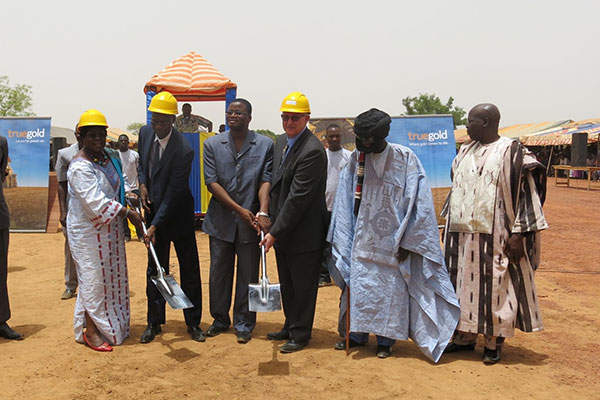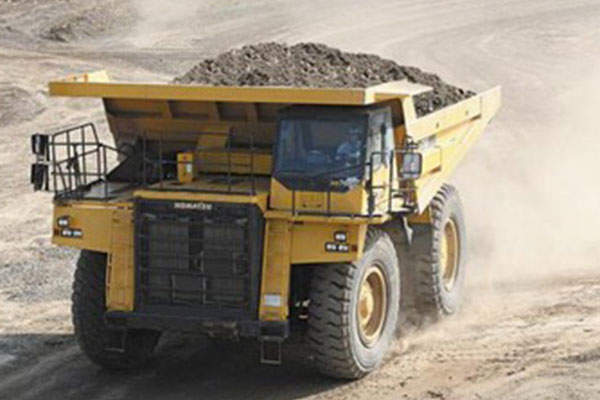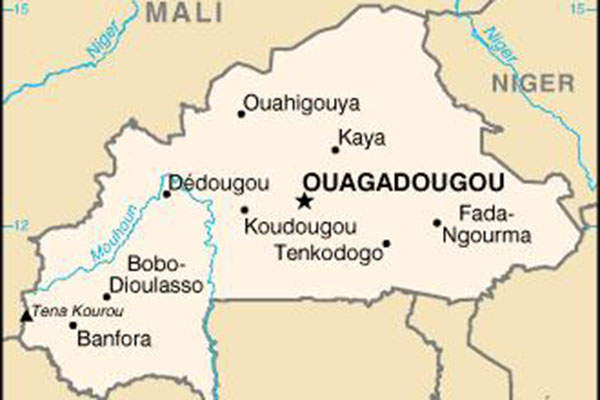The Karma Gold Mine is an open-pit mine located 20km east of Ouahigouya and approximately 185km north-west of Ouagadougou, the capital of Burkina Faso. Owned solely by Endeavour Mining (previously known as TrueGold Mining), the gold mine hosts three exploitation (mining) permits namely Karma, Kao and Nami.
TrueGold received all the required exploitation permits for the project by September 2014, the project’s feasibility report was completed in December 2014 and was further revised in 2014. Construction was started in May 2014 and first gold was poured in April 2016. TrueGold was acquired by Endeavour Mining in the same month of 2016.
The West African gold mine is estimated to produce 97,000oz of gold a year over its estimated mine life of 8.5 years. Production in 2016 is predicted to reach approximately 150,000oz of gold.
Karma’s initial mine life is expected to be expanded by another 2.5 years, based on the recently concluded preliminary economic assessment (PEA) of the North Kao deposit. An average of 118,000oz of gold a year is estimated to be produced upon the expansion.
Karma gold project deposits, geology and reserves
The Karma gold project is classified into five deposits, namely Goulagou (GG) 1, Goulagou 2, Rambo, Kao and Nami. The GG1, GG2 and Rambo deposits form part of the Karma exploitation permit.
The deposits are located in the Paleoproterozoic Baolé-Mossi domain of the West African Craton, characterised by highly prospective supracrustal rocks. The mine is underlain by a sequence of greywacke, siltstone, shale and volcaniclastic rocks, wrapped in a granodiorite-tonalite batholith.
The mine is estimated to contain probable gold reserves of 33.2Mt of ore at a grade of 0.89g/t, containing 949,000oz of gold.
The measured and indicated resources are estimated at 75.2Mt, grading at 1.08g/t of Au for 2.6Moz of gold.
Mining and processing of ore from the Karma project
Conventional truck and shovel methods of mining are used at the open-pit project. It is proposed to extract approximately 113.8Mt of material from the five deposits and deliver 33.2Mt to the processing unit. The remaining material is transferred to the storage facilities. Blasting and drilling are anticipated to be used as the pits deepen.
The major mining fleet comprises two 200t hydraulic excavators, one front-end loader, four 50t bulldozers, up to 14 90t trucks, and two 300HP graders.
The process plant employs a conventional heap leach process and has a production capacity of 4.0Mtpa of oxide and transition ore. The ore is crushed in two crushing circuits, agglomerated and transported to the leach pad where it is stacked in two 10m lifts and treated with dilute cyanide solution.
The dissolved gold is then be adsorbed onto activated carbon in a carbon-in-column (CIC) circuit. Gold is stripped off using Zadra-type elution method and the resulting product undergoes electro-winning and smelting to produce gold doré.
Financing for the Karma gold project
The project is estimated to involve a capital expenditure of $132m. Under a gold stream agreement made in August 2014, Franco-Nevada (75%) and Sandstorm (25%) agreed to fund $100m for the mine construction. According to the agreement, Endeavour Mining is expected to deliver 100,000oz of gold over five years and thereafter an amount of refined gold equal to 6.5% of the equivalent production.
Endeavour Mining has also been given an additional option to increase the funding by up to $20m in exchange for approximately 30,000oz of gold to be delivered in eight instalments.
Barclays Bank and Société Générale Corporate & Investment Banking (SGCIB) were engaged as the mandated lead arrangers for the Karma Project in January 2014.
Infrastructure facilities at Endeavour Gold’s Karma project
Major infrastructure at the project site includes mine offices, safety and security offices, change house facilities, maintenance facilities, haul roads, a mine dry building, refuelling facilities, an assay laboratory, and warehouse and laydown areas. The project also involves the construction of an access road, a sewage treatment plant and a medical room.
Water for the mine construction and operational needs is sourced from the newly constructed fresh water reservoir (barrage). Constructed on a tributary to the Nkambe River, the barrage provides 1.3 million cubic metres of water a year to the mine.
Power supply for the mine is provided by the local grid network and diesel generators. The labour and accommodation facilities are located offsite, in the city of Ouahigouya.
Key players involved with the West African mine development
SENET was awarded the engineering, procurement and construction management (EPCM) contract for the mine in June 2014. It also led the team of consultants for preparing the NI 43-101 compliant technical report, updated mineral resource estimate, and feasibility study for the project.
The team comprised P&E Mining Consultants, SRK Consulting, Knight Piésold, and Roche Consulting Group.
Equipment & Services BIA, a licensed dealer of Komatsu heavy equipment in West Africa, was engaged to provide the mining fleet for the project.






